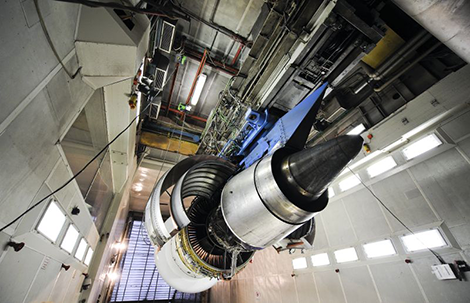
Last month, sintering specialist, EOS (that’s Electro Optical Systems) launched EOSTATE MeltPool for it’s Direct Metal Laser Sintering (DMLS) hardware.
For those that are tracking the advancement of the use of 3D printed metals in the aerospace industry, this should be an interesting development.
Essentially, the solution is the first step towards EOS providing what it states as: “complete part traceability as well as an automated surveillance and analysis of the melt pool during the DMLS build process.”
As most of us are aware, traceability is everything in the aerospace industry, from raw material batch tracking, through production and into service. Everything needs and is mandated to be recorded, tracked and made available for decades.
What EOS is building is a system that will allow the aerospace industry to apply the same rigours levels of traceability to the direct manufacture of metal parts as it does with more traditional forms of manufacture.
Every spot that hits powder, every layer and every part will be able to be tracked and recalled.
While EOS has been conducting customer trials and pilot programs, the first customer to put their collective hands in their pockets is Lufthansa Technik, part of the Lufthansa group that provides “provides maintenance, repair and overhaul (MRO) services for aircraft, engines and components” – and to give you an idea of the size of the operation we’re talking about, that’s 25,000 employees across 12 European facilities and 9 elsewhere in the world.
Within the body of the press release, there’s some interesting details from Lufthansa’s Project Manager for Additive Manufacturing in Engine Services at Lufthansa Technik, so we’re going to present them verbatim:
“We selected the EOS solution for several reasons. The underlying metal system EOS M 290 impresses with its process stability. The technology has already proven itself with engine manufacturers. During the decision-making process, we were particularly impressed with this particular combination of EOS core competencies. On this basis, we will be preparing for future component generations that are optimised for Additive Manufacturing, so that we can continue to defend our leadership position in an intensely competitive environment.
In the engine segment, Lufthansa Technik focuses on a hybrid repair approach. Feicks explains that the company wants to get ready for the day when components from the new engine generation, which are made with Additive Manufacturing, arrive in the work shops for repairs, providing customers with cost-efficient and quality-optimised repairs.
He adds: “We have already noticed initial successes in the jig department as we were able to reduce lead times and costs. Yet, this technology requires our mechanics, designers and engineers to think differently. It is precisely for this reason that, in addition to the installation of the system, the education and development of our employees forms a key component for the comprehensive use of industrial 3D printing.”
Feicks concludes: “Lufthansa Technik firmly believes that Additive Manufacturing is a technology of the future. It is time to change our way of thinking. Milling was yesterday. Today, parts are selectively built where it is needed. Resource efficiency also plays an important role. We do not want to be limited by tools any longer. The limits of production variance are shifting, and we are looking towards a future that we still have to comprehend.”






